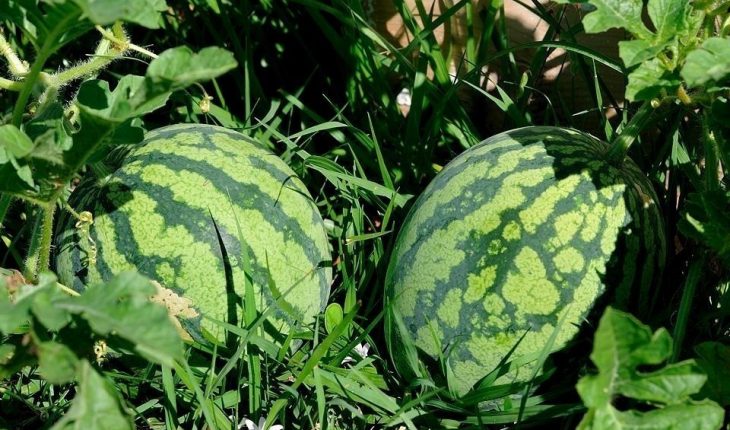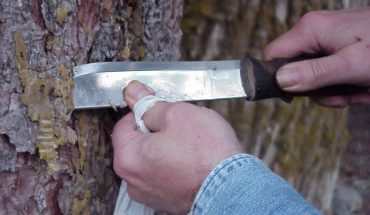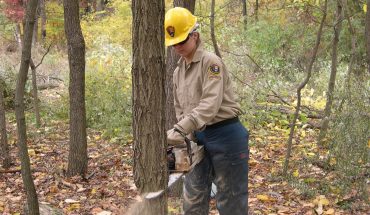One of the most favorite and popular fruits during the summer season, watermelon is a sweet-tasting and healthy snack that is rich in vitamin C and amino acid citrulline. Some of the varieties of this fruit are Carolina Cross, Cream of Saskatchewan and Melitopolski. To know how to grow watermelons, it is important to follow the instructions in the successful cultivation of these fruits. In addition, there are factors to consider before propagating the fruits such as the appropriate fertilizers to use and soil moisture.
Choosing the Site
The first and most important factor to consider if you have plans of cultivating watermelons is the site where the seeds will be planted. The site should be exposed to direct sunlight and it should be well ventilated. In addition, the soil should be moist in order for the seeds to grow.
The Use of Fertilizers
Before cultivating the soil where the seeds will be propagated, do not forget to purchase a fertilizer. To prevent the soil from becoming acidic, choose a light fertilizer. After purchasing the appropriate fertilizer, start digging the soil. To provide enough room for the plants, make sure that the holes have a width of two feet and a depth of a foot. Plant the seeds and put the fertilizer in the holes before covering with soil. The space between each hole should be six feet. To prevent weeds, use plant covers to secure the planted seeds.
Pollination
When flowers start to bloom, remove the covers to ensure that there will be enough supply of air and sunlight, which are very important to stimulate plant growth. Removing the covers is also significant to the pollination of watermelon plants. Water the plants occasionally. Once watermelons start to appear, expect rapid growth and development in the plants. It is important to wait until the fruits are fully blossomed. This may take a month so it is important to start planting the seeds at the start of summer.
Additional Tips
Before harvesting watermelons, look for the signs that will determine which fruits are ripe. If the tendrils were dried out, the fruit is ripe. In addition, do not forget to look for the light circle that can be found at the lower portion of watermelons. If the circle has turned from color green to cream, then the fruit is ready to be harvested. Finally, to avoid harvesting unripe fruits, remember to thump watermelons and harvest those that produce a dull sound.





